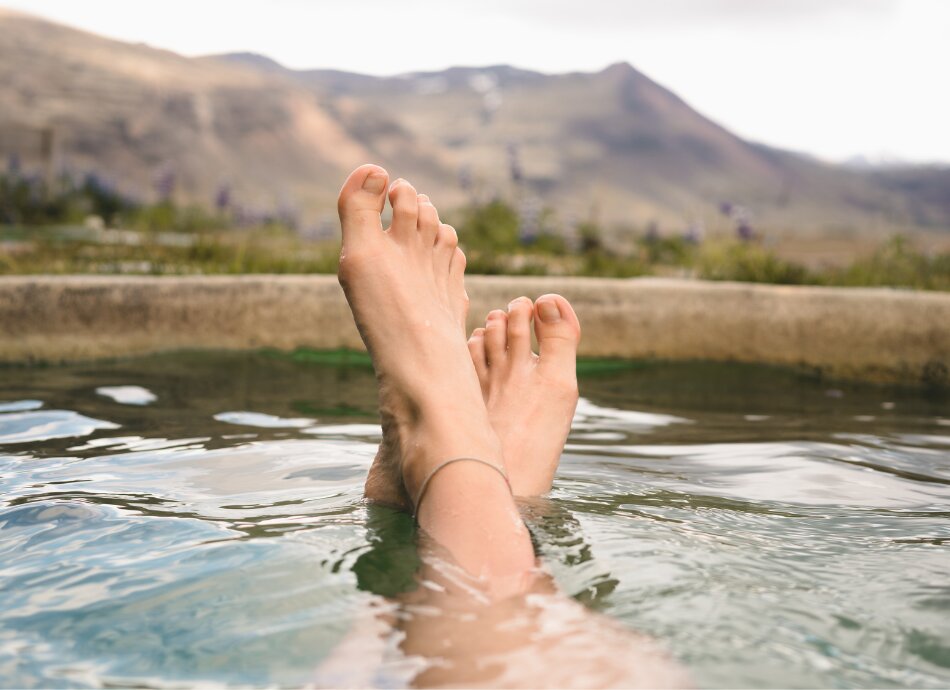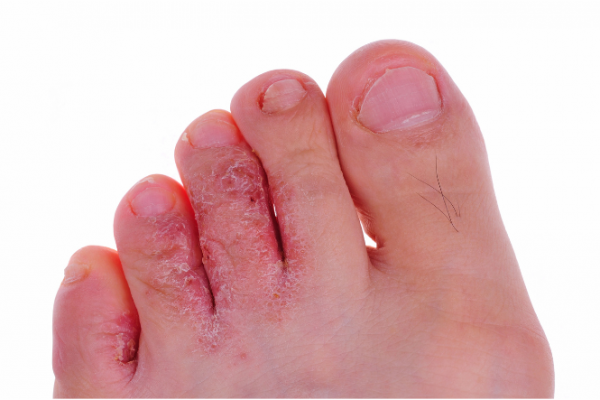Athlete’s foot is caused by tinea (a ringworm fungus). It can be easily caught through touching an area of fungal skin infection on another person or animal. You can also catch it from an object or surface that has been touched by the infected skin of a person or animal. Common places you can catch athlete’s foot from include bathroom or shower floors, bathmats, towels and swimming pool or gym changing rooms.
You are more likely to get the infection if you:
- have wet or sweaty feet
- have damaged skin on your feet
- walk barefoot in public places
- have diabetes or other conditions that weaken your immune system, eg, you are on chemotherapy
- are on medicines such as steroids or immunosuppressive medicines.







